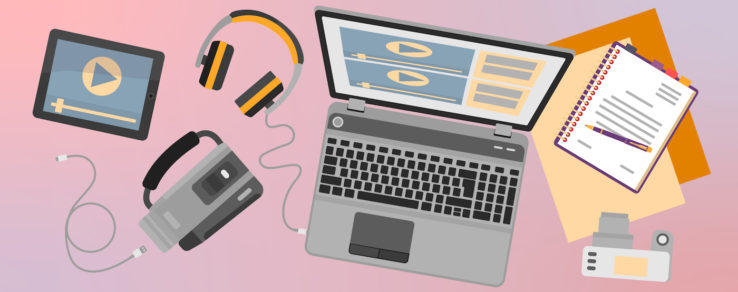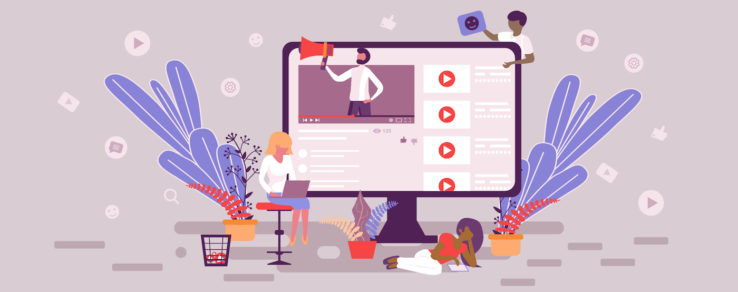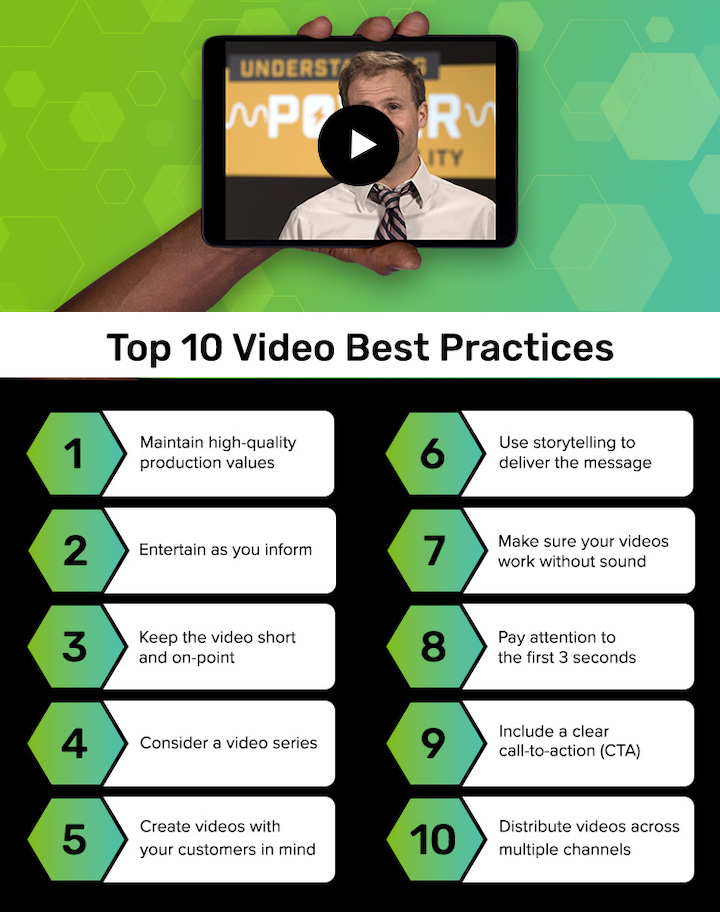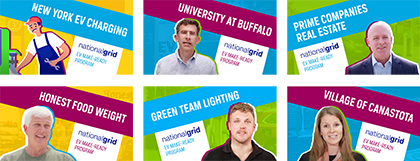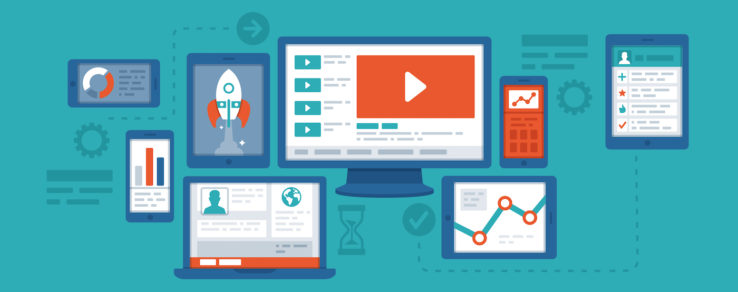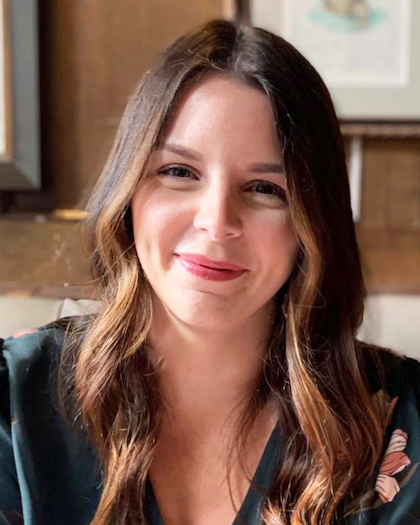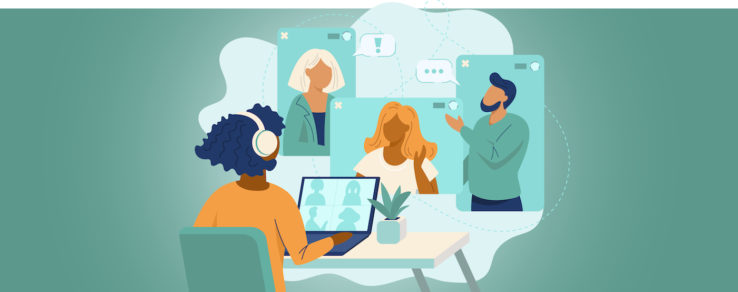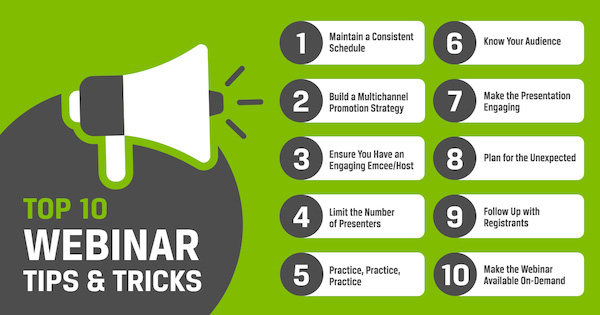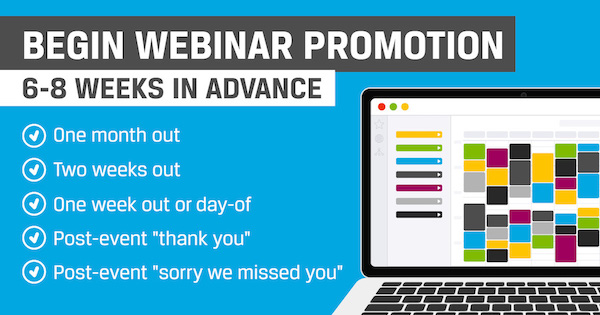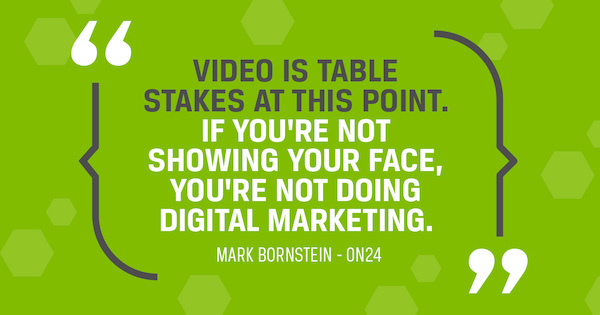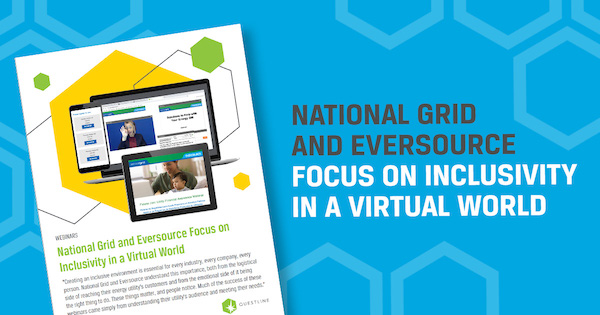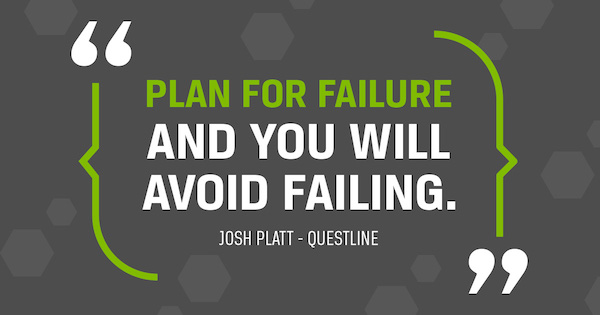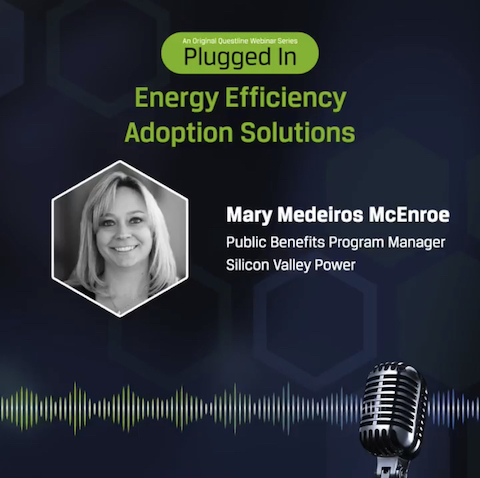Featuring a video series within a content marketing strategy is a proven tactic for increasing customer engagement. With the number of content pieces vying for customers’ attention, a video series can cut through the clutter and sustain awareness across multiple assets for weeks or months.
How?
A video series creates familiarity and reinforces consistent messaging over time. With the same on-screen talent, visual look and title, video series increase engagement and promote subsequent video viewings.
Top Benefits of a Video Series
Just as consumers will continue using certain brand-name products because of familiarity, customers will continue watching content in a video series that they know and enjoy. They grow to love the characters or storyline, or both, and begin to look forward to the next installment.
“I believe that you can’t develop a relationship with a movie,” says Matt Irving, Creative Director of Video Content for Questline Digital. “A movie is a one-time thing. With a TV series, you originally had to watch it when it was on and you came back every week to see the characters and story come to life. It’s much more of a relationship. It’s the same with a video series in a content strategy. Being able to come back and recognize something familiar is a huge motivator for customers.”
The creation of a series allows your utility to think about the bigger picture. Rarely are there topics that one video is going to cover in full. When your utility is thinking about a series it needs to understand the stages of the topic, including:
- What topic needs to be addressed?
- What story aligns with that topic?
- How do you talk about the topic?
- What audience will be interested in the topic?
After understanding these elements, you can start to break down the topic and figure out how to craft it into consumable episodes that give customers the information they need over the course of time.
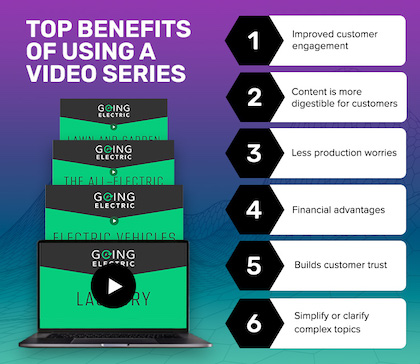
Improve customer engagement
Video series have the ability to form a relationship with viewers. It’s this relationship that has a positive impact on engagement and encourages repeat viewings.
“If you think you’re only going to see something once, you’re a lot less invested in it,” Irving says. “When you start to see it over and over again, it’s different. People like familiar things. They’ll click on them. If you enjoyed your experience before, you’re going to click on it to have another enjoyable experience.”
Make content more digestible
Video series enables your utility to consider, Are we covering all the things we need to talk about without cramming too much into any one video? With a series you can cover a topic in-depth across many videos, but each episode can be specific and easy to consume.
Reduce production headaches
A video series serves as a template, with an established a tone, format and graphic style. You can add subsequent videos to the series without having to reinvent the wheel every time.
“Series are advantageous in the way that we produce,” says Irving. “Instead of telling those stories in completely different ways that would involve several different shoots, we’re able to concentrate on executing one thing really well and thinking it through.”
There are parameters built into a video series that guide the production process. “This doesn’t mean you can’t adjust and change as you go,” Irving adds, “but it gives a much clearer picture of what you should be judging within the video itself.”
Financial advantages to video series
Turning on a camera at any time costs money. However, if you consider the cost of turning it on multiple times when shooting one-off videos compared to turning it on once and filming content for an entire series, the difference is significant. “You’re going to get a lot better cost per piece,” says Irving.
Build customer trust
Video series can build trust with viewers. When customers see a particular host multiple times who is giving them valuable information, they grow to know and trust that person.
When creating a video series, your utility must have a strategy in place, but not an agenda. This means that you need to strategize the topic so you are delivering valuable information to viewers, but not doing it in a way that “sells” to customers. People feel more comfortable and willing to accept new information when they know the reason behind it is genuine.
Simplify complex topics
Knowing that customers prefer visual elements and learning opportunities, using video series to simplify complex utility topics like beneficial electrification, demand response or time-of-use rate plans only makes sense. Rather than describing these processes in lengthy articles, share the information in a video series focused on understanding the basics or key details.
For example, Questline Digital created an animated video series for the Smart Energy Consumer Collaborative (SECC) that demonstrated the convenience of smart home technology to customers and educated them about the benefits of smart tech, electric vehicles and more.
This was a series of three videos, plus an infographic, that included a common narrator — Professor Energy — and used a similar animation style so viewers could easily connect the videos together. The series helped dispel misconceptions about smart tech and EVs and educated customers on the benefits and use-cases.
This series was successful for SECC, achieving thousands of views on their YouTube channel and nearly 42,000 views on their consumer website.
- The Evolving World of Energy
- How Electric Vehicles (EVs) are Changing the Energy World
- A Cleaner Energy Future with Renewable Energy
How to Use Video Series to Boost Engagement
Video content is extremely popular among consumers — and it’s everywhere. From their smartphones to computers to streaming TVs, people are inundated with videos of all types. A video series can help your content stand out through strategic planning, creation and delivery.
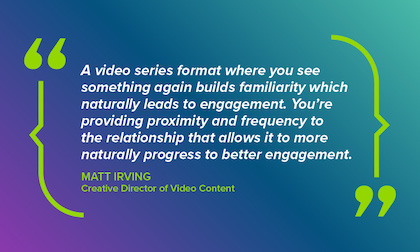
Start strategizing with a conversation
When creating content for a video series your utility needs to think about how a conversation would go with a typical customer. What audience are you speaking with? What questions do they have?
“We’re filling in what we think the viewer is thinking and what their questions are,” says Irving. “It doesn’t start with, ‘Oh what if we made something about this?’ It starts with ‘What’s a way we can have a conversation about things that would interest consumers?’”
When it comes to residential versus business customers, the structure is the same. You might have different conversations with each audience, but it’s a conversation nonetheless. For example, for a residential video series, the driving force is typically not about saving money. Instead, the focus is on how it makes customers’ lives more comfortable and convenient. Business customers, on the other hand, want to know how much a new technology is going to cost if they invest in it, and the non-energy benefits they might see as a result.
“The overall strategy is the same,” says Irving. “The only difference is you’re having conversations with different people who have different priorities.”
Deliver content that matters
It’s important for video series to be created with the audience in mind. You can put different types of messages into the mix, but they all must add value to the viewer.
“Because we want to provide valuable information with some entertainment, we live by a code: Content should either be important, interesting or both,” Irving explains.
You can leverage this to draw customers deeper into the series — encouraging them to continue learning with each subsequent episode. “People aren’t waiting for an email to click on the next thing,” says Irving. “If you have their interest in a series, then you should let them be there as long as they want to be.”
However, you also want to give them the choice.
Video series should cover the topic in full, but in a way that allows customers to choose when they watch it and how many videos they watch at once, even skipping individual episodes they may not be interested in. “Allowing that allows you to have the closest thing to a conversation,” says Irving.
Repeat Viewings Build a Loyal Following
Using a video series in your utility’s content marketing strategy can boost customer engagement and satisfaction as viewers come to expect and look forward to new videos. It helps you educate customers about complex topics in smaller, digestible pieces. And it will help build a loyal following over time as customers recognize the series and return to learn more with each new episode.
